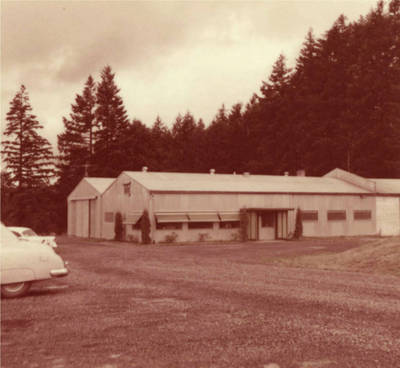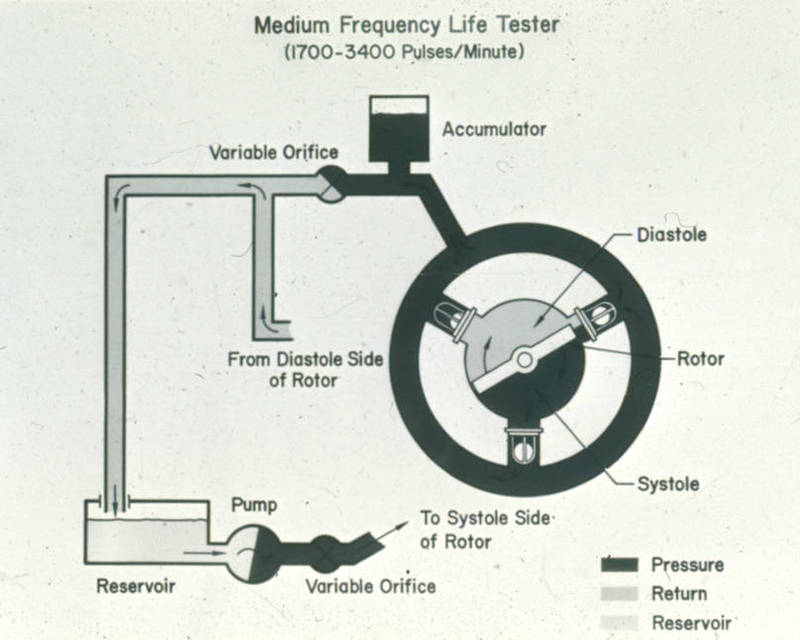A Fascination with Pumps

The Edwards family, now with two children, moved to Portland in 1929. Edwards began a successful career as an electrical engineer with an expertise in hydraulics and pumps. Despite the Depression, he invested in Bingham Pump Company, functioned as the company’s chief engineer, and helped it survive in difficult times. The company manufactured and sold industrial pumps, primarily to wood pulp-paper and lumber mills. In 1937, he sold his share in Bingham and accepted a position as plant engineer with Weyerhaeuser Company’s pulp mill in Longview, Washington. Edwards led a team that invented a machine that solved a major problem for Weyerhaeuser: the removal of bark from logs intended to be processed into pulp. The machine moved logs into fixed position where a high pressure jet of water, produced by a powerful pump Edwards designed, ripped the bark from the logs without damaging the wood. This device became a standard de-barker in Pacific Northwest pulp mills.
While he worked on the de-barker during the day, Edwards worked nights and weekends in his work shop on another problem faced by pulp mills: pumping boiling water. The standard piston pump pushing boiling water through a pipe generated bubbles that slowed the flow. The unique spinning action of Edwards’s centrifugal pump separated the hot liquid from bubbles, which could be vented back into the tank. Edwards said years later that assembling his centrifugal pump prototype was his greatest challenge as an inventor. What he did not anticipate was that the pump would play a crucial role in improving the performance of US military aircraft in World War II.

In 1942, Boeing Aircraft Company engineers in Seattle, Washington were stymied by a problem with their new B-17 bomber. The aircrafts’ engines lost performance during a rapid ascent to over 20,000 feet because the volatile fuel would vaporize at low atmospheric pressures in high altitudes. Boeing engineers had heard that Edwards’s centrifugal pump was able to move boiling water, and invited him to demonstrate the capacity of his centrifugal to move volatile fuel. He was, “highly pleased when they showed an interest.” After sustained effort, undaunted by setback and compelled by a desire to support the country in its time of need, Edwards invented a reliable centrifugal pump. He signed a lucrative contract with Thompson Manufacturing, a major airplane parts manufacturer. By summer of 1945, thousands of Edwards’s centrifugal aviation fuel pumps had been manufactured and were used in the majority of US military aircraft.